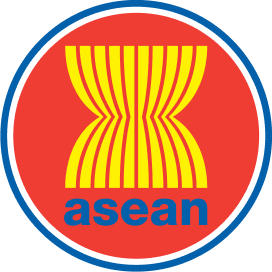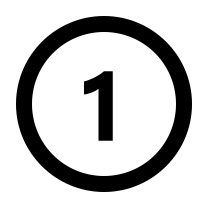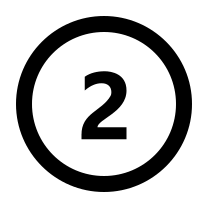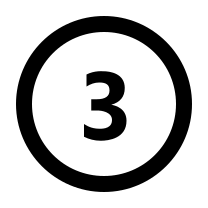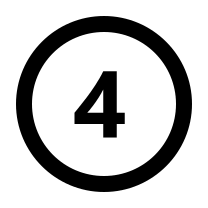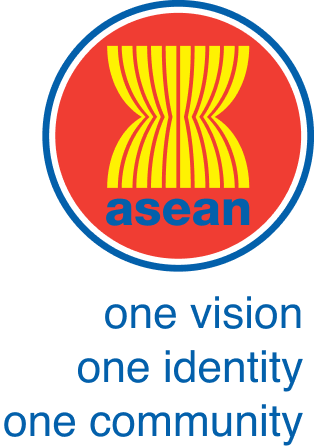The global education deficit, framed in economic or digital terms, sees a workforce unprepared for changes in the labour market. This framing gives preference to the use of metrics that ignore pervasive social dimensions of constrained choices and unseen challenges of marginalised groups. A discourse that views children as ‘human resources’ and education as a ‘production function’ leads to ineffective, technical fixes that ignore the people at the heart of the system. ‘Learning deficits’ need to be understood not just in terms of so-called 21st century skills, but rather what types of children society is raising.
In spite of diverse economies, socio-cultural backgrounds, religions, political systems and histories, ASEAN has succeeded in raising school enrolment; but the scorecard is less impressive in terms of equitable secondary transition and learning outcomes. The persistence of pockets of inter-generational poverty and “low learning traps” mean that schooling cannot be considered the same thing as learning. Policy design requires a holistic diagnosis of why certain children are being left behind.

Evaluation through a social lens implies recognition that the purposes of learning reach beyond economic empowerment towards freedoms and basic human rights that underpin our well-being (Unterhalter, 2015). An inclusive education system should offer a safe educational experience (Lewin, 2015) and “equip students with the skills they need to lead healthy, productive meaningful lives”. Education can foster inclusion only if it empowers people with effective options they are free to use to determine how they live their lives. In short, educational inclusion requires equitable access, and also meaningful and equitable experiences and outcomes. It is important, therefore, to understand the means of exclusion and also the terms of inclusion.
This chapter addresses these issues through four inter-linked questions: Who do we teach? How do we learn? How do we teach? and What do we learn? These questions bring into focus a number of current and future challenges across the ASEAN region and highlight examples of initiatives that address them.
Policy Implications
The ASEAN Work Plan on Education 2016-2020 is ambitious in scope but it’s layout and content do not readily reveal a clear theory of change that underpins it. It is not clear about which goals are the priority or how they are interconnected. Some Key Performance Indicators (KPIs) are vague, and others conflate inputs with outputs or activities and it is sometimes unclear how plans across divisions or Pillars are co-ordinated.
To try to unpick these inter-linkages, this chapter has discussed access to and quality of education by asking four inter-related questions: Who do we teach? How do we learn? How do we teach? and What do we learn?
These have been used to highlight a number of ASEAN current and future challenges and to highlight examples of initiatives designed to address them (see Key Findings below). A key policy implication of the multi-dimensional nature of the education problem is the need for more integrated policy design to focus on the entire school experience for all children. Reducing demand side barriers to school attendance may be deemed a policy success in terms of enrolment but there is little evidence that these translate into improved learning outcomes or happy school experiences. For both the able child and the less able one, there is increasing evidence that school can have significant detrimental effects on mental well-being that continue into adult life.
Improving the school experience requires more than just more inputs – books, funding, school building. What seems to be far more important than extra inputs, is the effectiveness with which schools tailor them to pupils’ needs through inclusive collaboration between principals, teachers, parents, pupils, the private sector and local and national government officials. This requires attention to pupils’ entire preparedness to learn including their family environment, as well as ensuring that groups of different backgrounds or abilities are not segregated. In essence, this is the adoption of a social lens that appreciates capabilities, motivations and hopes for all individuals and groups.
The development of the SEA-PLM framework demonstrates ASEAN’s capability to develop meaningful metrics that reflect regional priorities but this took a considerable amount of time to implement. There is scope to adopt much smaller iterative changes through an experimental approach that relies on effective monitoring and evaluation processes fuelled by up-to-date disaggregated data. There is a wide body of global evidence that suggests that change is most effective when it is gradual and collaborative.
Such an approach could be assisted through the extension of ASEAN’s relationships with international education research. This could encourage discussion of ideas that work in an ASEAN context, rather than in a Western one. There is readily available information for policy makers to leverage off the experience of others in similar situations. For example, the Teaching and Learning Toolkit developed by the Education Endowment Foundation (EFF) in the UK and SUMMA in Chile identifies feedback, meta-cognition and self-regulation, collaborative learning, peer tutoring, and mastering learning as key characteristics. Each initiative in the EEF/SUMMA toolkit are relatively low-cost innovations and represent iterative changes to widely accepted teaching practices. As such, they are more likely to be adopted successfully.
